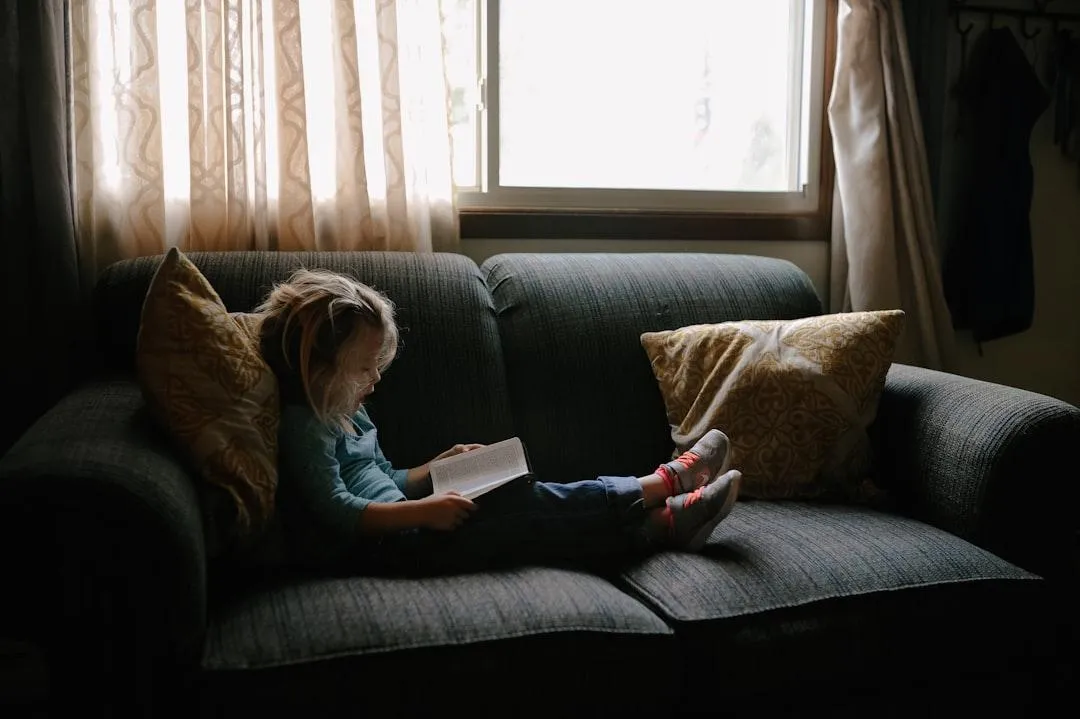
5 Steps to Help Your Child Read on Their Own
5 Steps to Help Your Child Read on Their Own

As a parent of a struggling reader, you’ve probably asked yourself, “Will my child ever be able to read without my help?” If that thought has crossed your mind, you’re not alone—and the answer is yes. With the right support and tools, your child can build the confidence and skills needed to read independently.
I work with students from kindergarten through high school, and I’ve seen the difference a structured, multi-sensory approach like Orton-Gillingham can make. Whether your child struggles with decoding, fluency, or gets overwhelmed by “big” words, here are five practical steps you can take today to foster reading independence at home.
1. Start Small and Set a Routine
Create a consistent reading time each day—even just 10–15 minutes. Let your child know this is their “reading time,” and remember that small daily habits grow into big results.
Tip: Use a simple timer or visual schedule to help keep the routine predictable and stress-free and use books at their independent reading level
2. Use Decodable Texts
Children with dyslexia often guess at longer words because they haven't been taught how to break them down. That’s where decodable books shine—they align with what your child is learning and give them a chance to apply their skills successfully.
Why it works: Decodable texts reduce guessing and increase confidence in decoding unfamiliar words.
3. Break Big Words into Chunks
Multisyllabic words can be overwhelming. Teach your child to break the word into syllables and then read them by scooping the syllables, look for familiar word parts (like prefixes or suffixes), and decode one chunk at a time. This is a strategy we use in Orton-Gillingham and it empowers kids to problem-solve instead of panic.
Example: Break “disconnect” into dis-con-nect and tackle each part.
4. Model Fluent Reading
Struggling readers need to hear what fluent reading sounds like. Read a short passage aloud first, then have your child read it after you. This helps build rhythm, expression, and smoothness—key components of fluency.
Bonus: Use this as an opportunity to celebrate progress, not perfection.
5. Track Progress Visually
Kids love seeing their growth. Whether it's a sticker chart, a graph, or a color-coded calendar, tracking your child’s reading builds motivation and gives them ownership. It says, “Look how far you’ve come!”
You Don’t Have to Do This Alone
Every child’s journey to independent reading looks different, especially when dyslexia is involved. If you’re feeling unsure of where to start or how to keep momentum going, I’m here to help.

[Download my free reading tracker] to celebrate your child’s daily wins

Or [schedule a free call] to talk through your child’s unique needs
Reading independence is possible—and it starts with one small step at a time.
